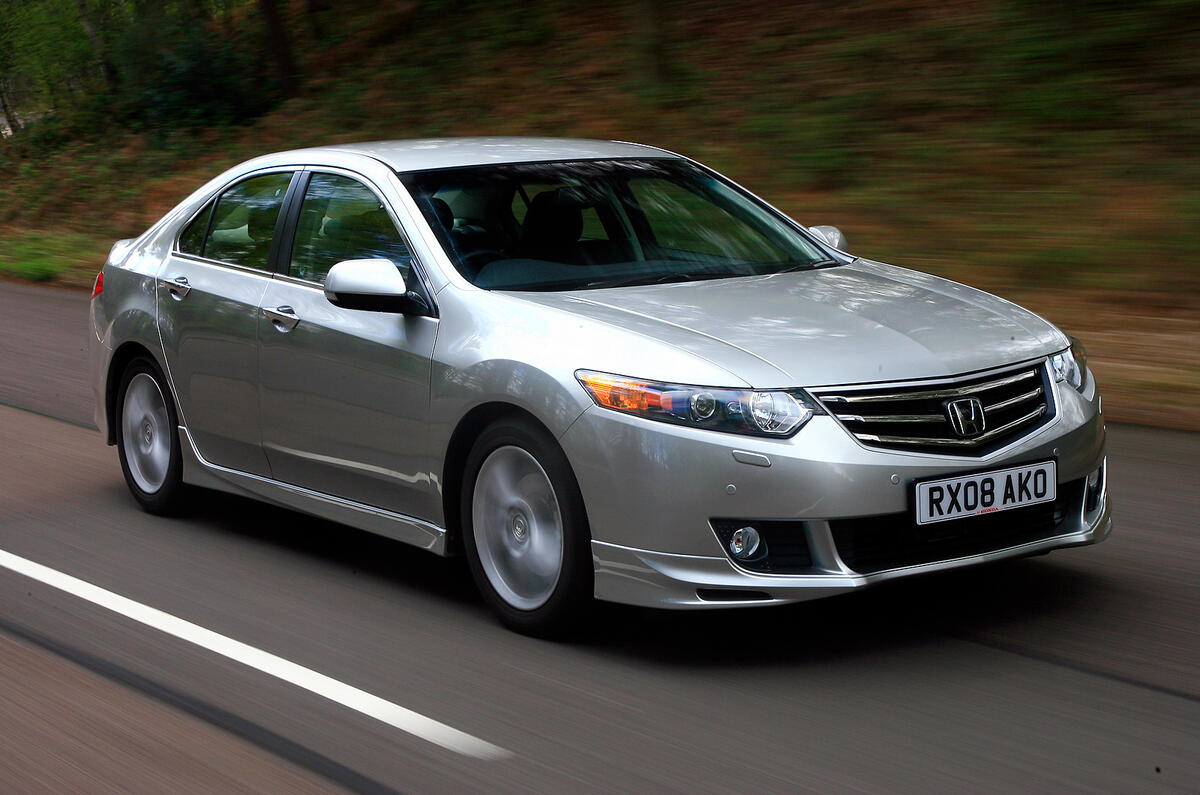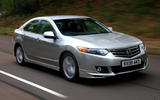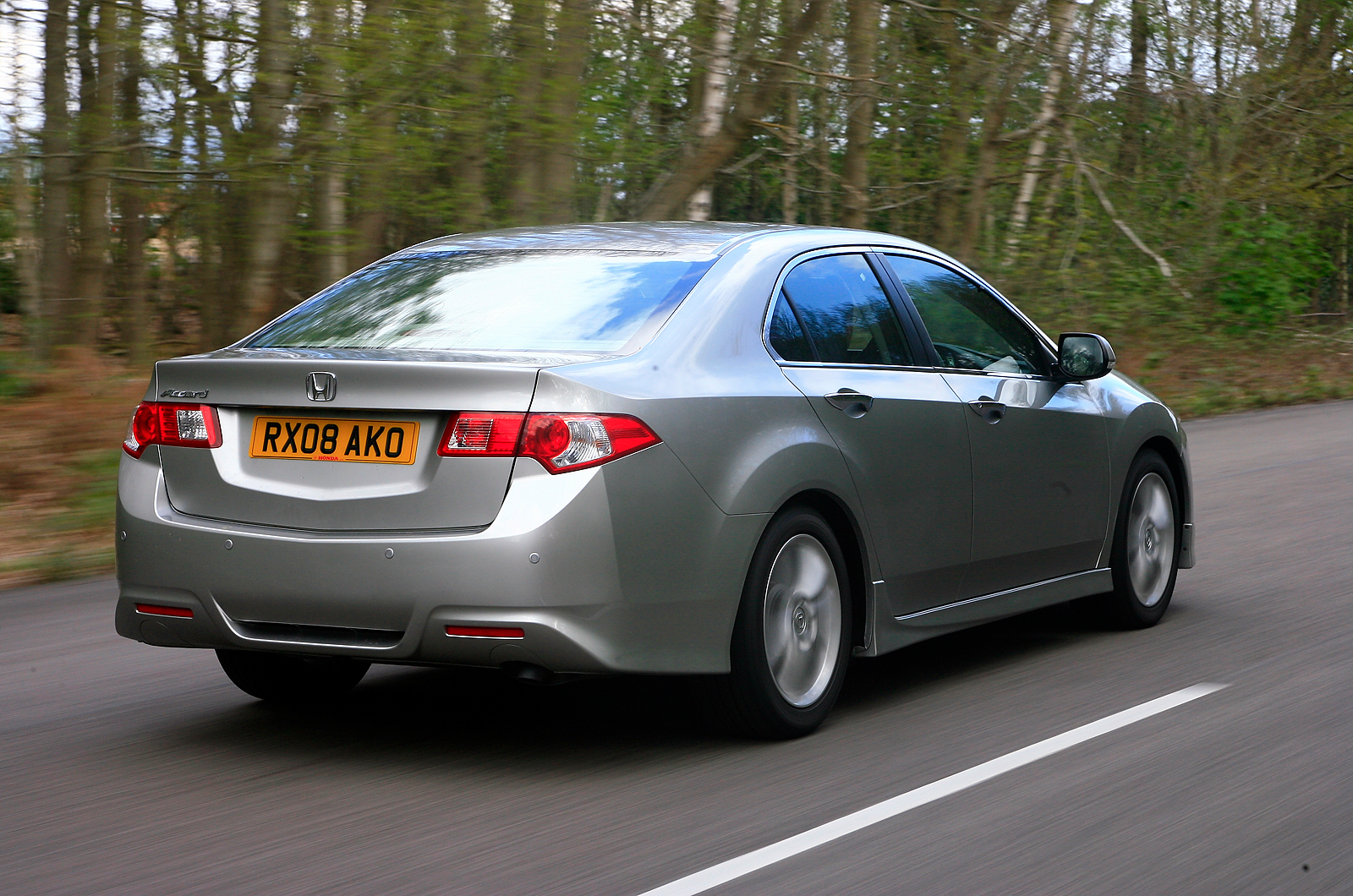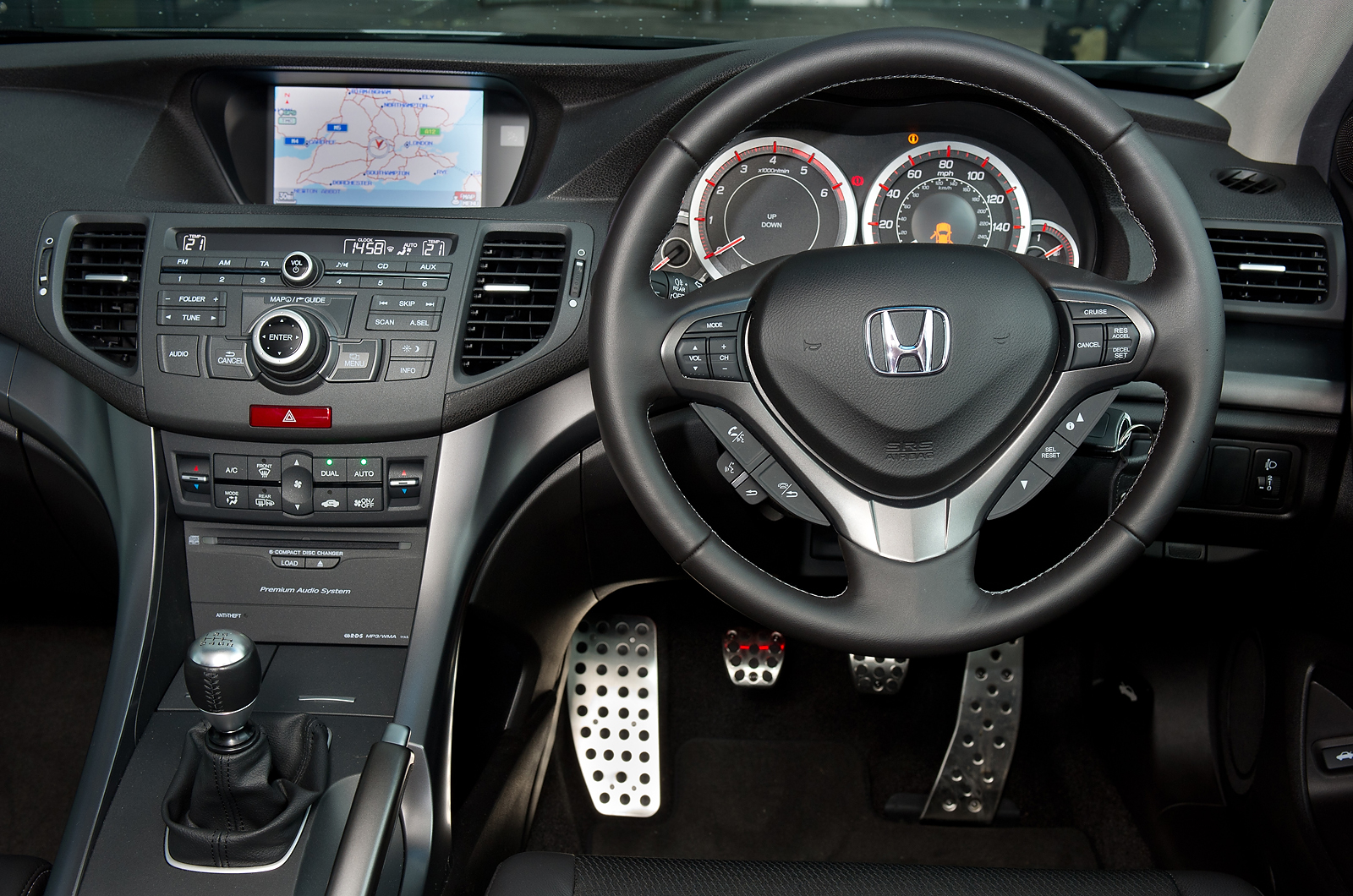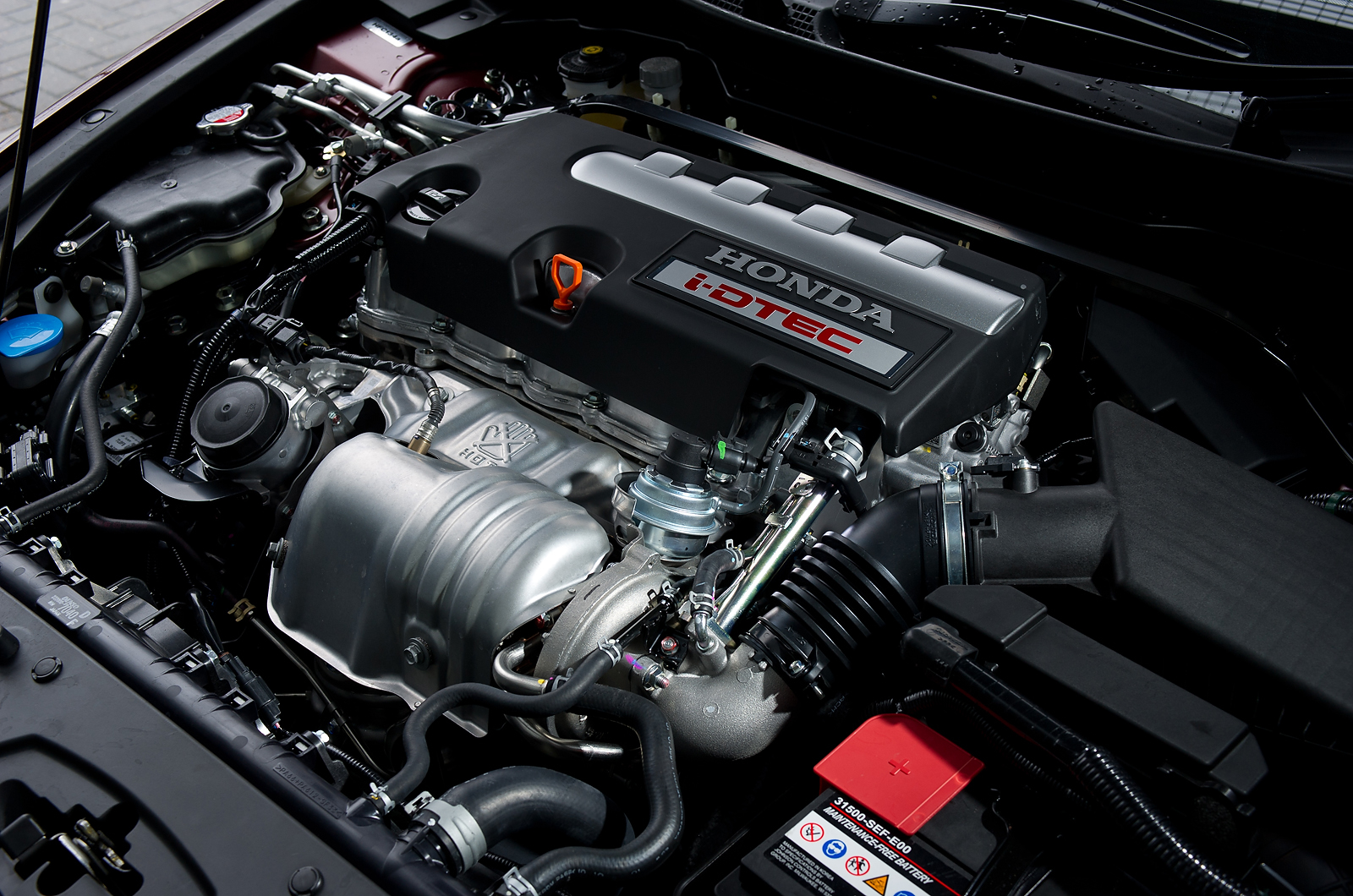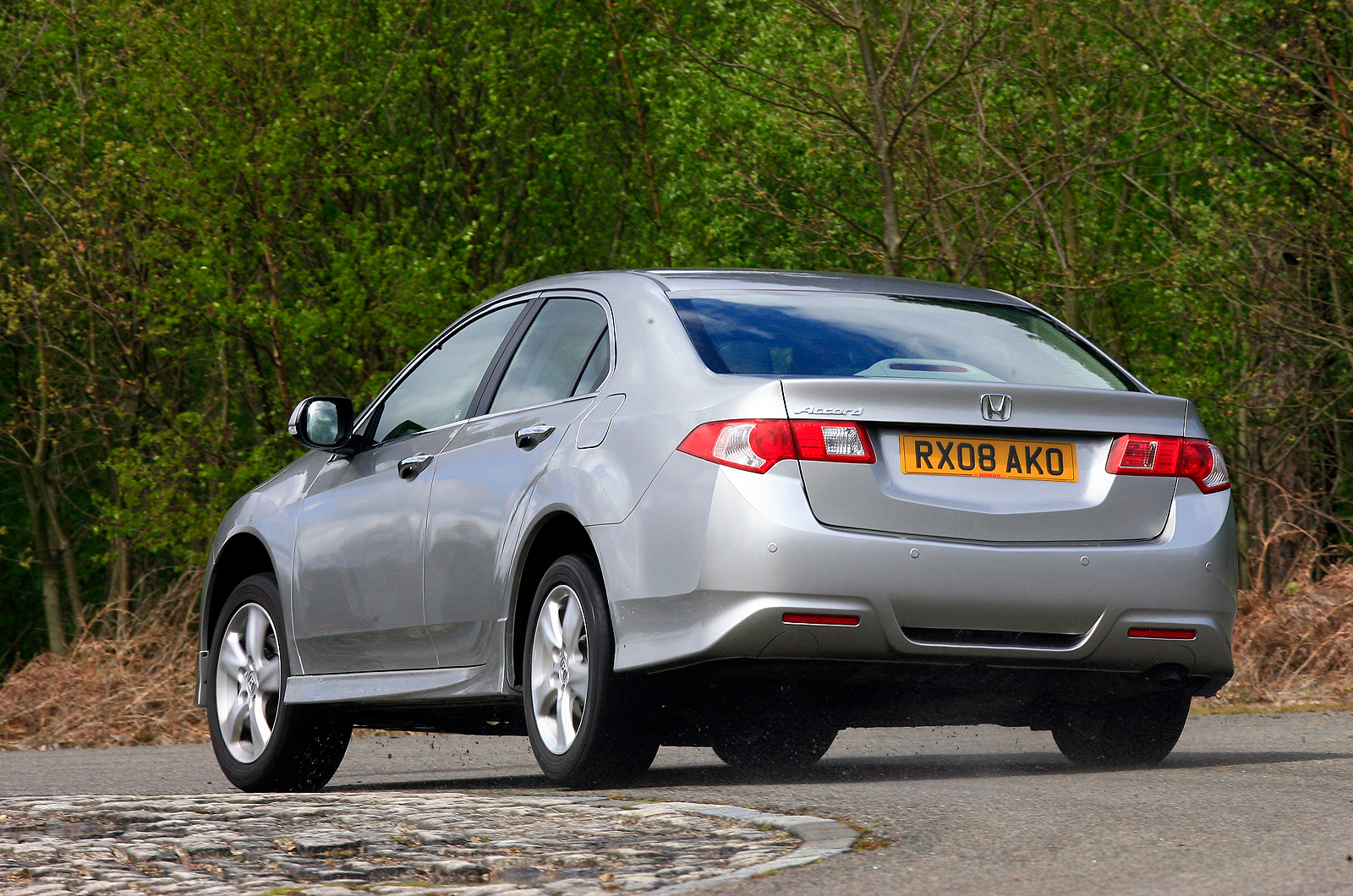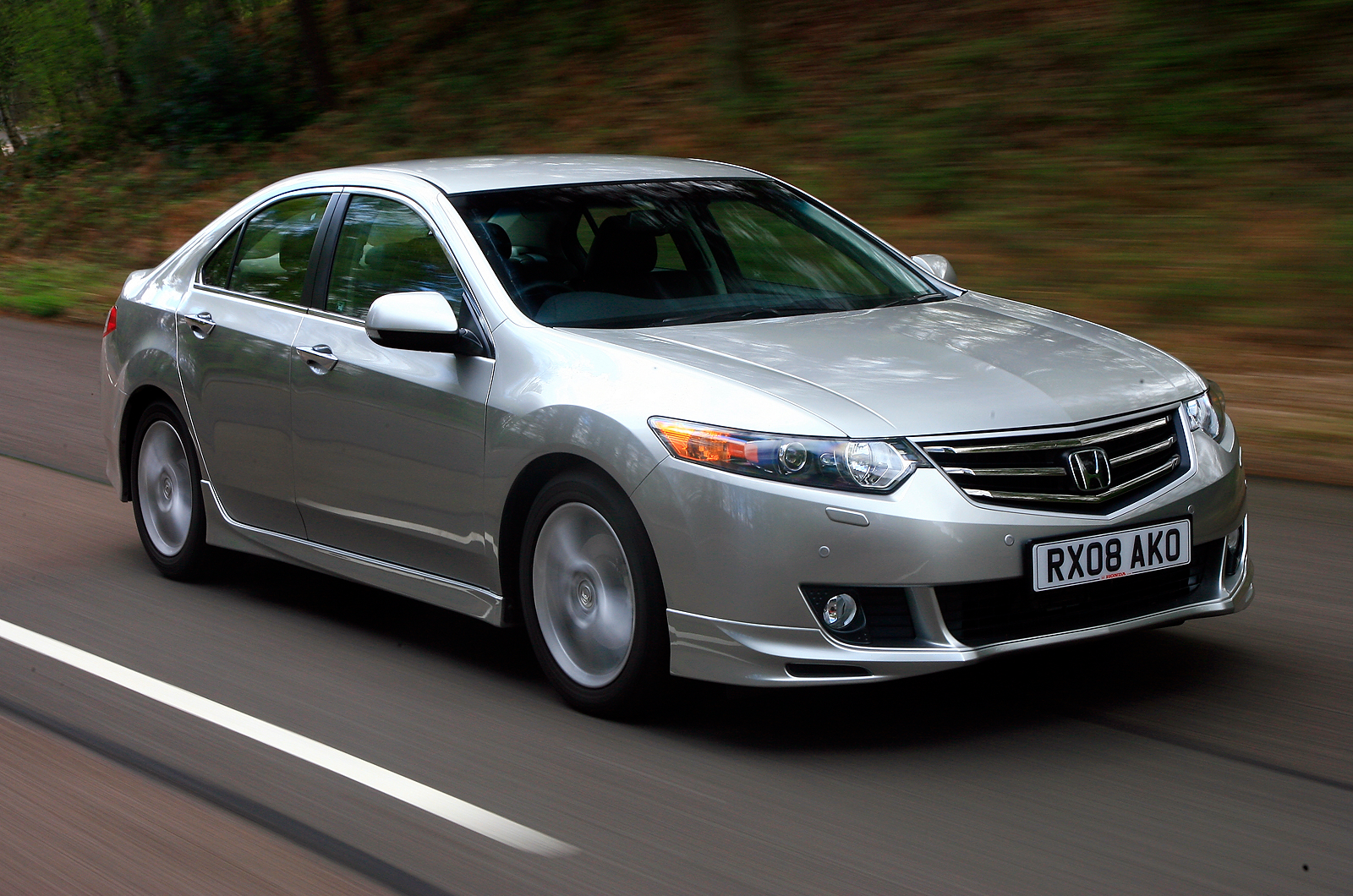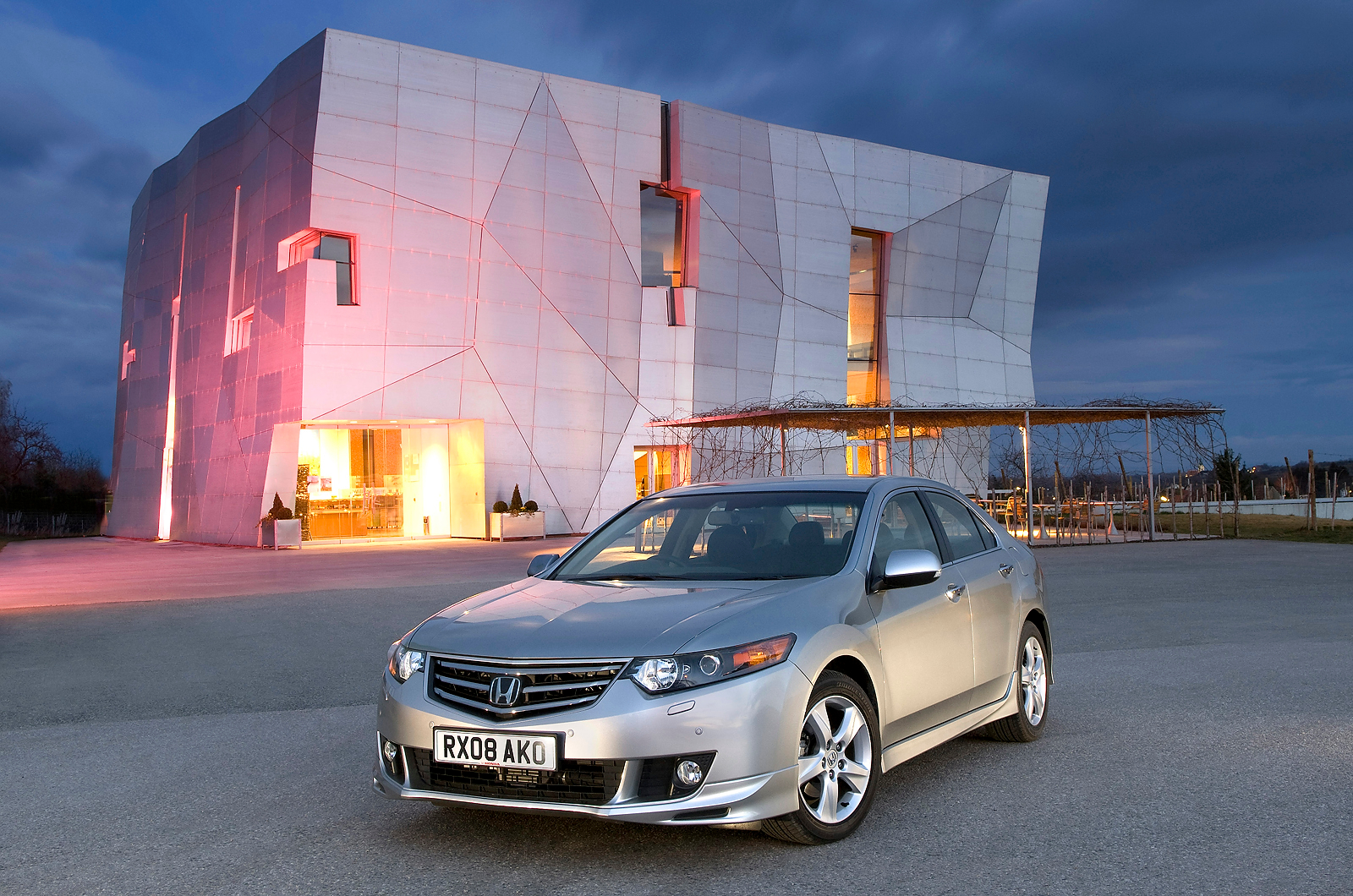The Honda Accord has a fine pedigree, a fact that surely attracted people to this eighth-generation model launched in 2008.
For example, there was the sharply styled third-generation Accord Aerodeck of the mid-1980s, the swoopy sixth-generation Coupé and much-admired Type R of the late 1990s – and throughout, a succession of handsome estates.
So when folk turned up at Honda showrooms for the new Accord’s launch night, they were expecting big things, especially since the outgoing model, launched five years before, had been so successful.
In fact, the new model appeared to be just an evolution of the old, albeit slightly larger and fussier-looking. There was the same choice of saloon and estate bodystyles, while the engines – a selection of 2.0 and 2.4-litre petrols and a 2.2-litre diesel, all with four cylinders and in a variety of power outputs – were updated versions of those previously offered. (In fairness, the diesel was comprehensively reworked.)
But appearances can be deceptive. Underneath it all, the eighth-generation Accord was all new. Those visitors to the showroom had only to peer at the new dashboard to see that, and those with a technical bent would have noted that the model had gained weight and that the Tourer now shared the same wheelbase as the saloon, which is why the load area had shrunk a bit.
The saloon’s boot was smaller too, a consequence of the new, bulkier, multi-link rear suspension. After the launch sparkle had faded, it was apparent the new Accord was caught between a rock and a hard place – the cheaper but no less impressive Ford Mondeo below and the classier and more characterful Mercedes C-Class and BMW 3 Series above.


